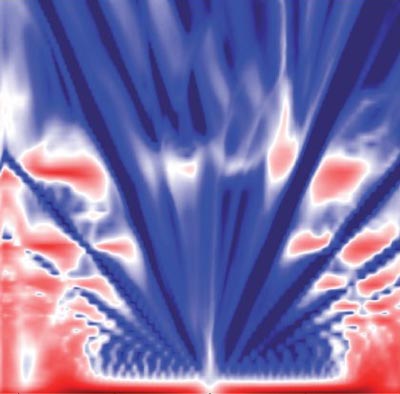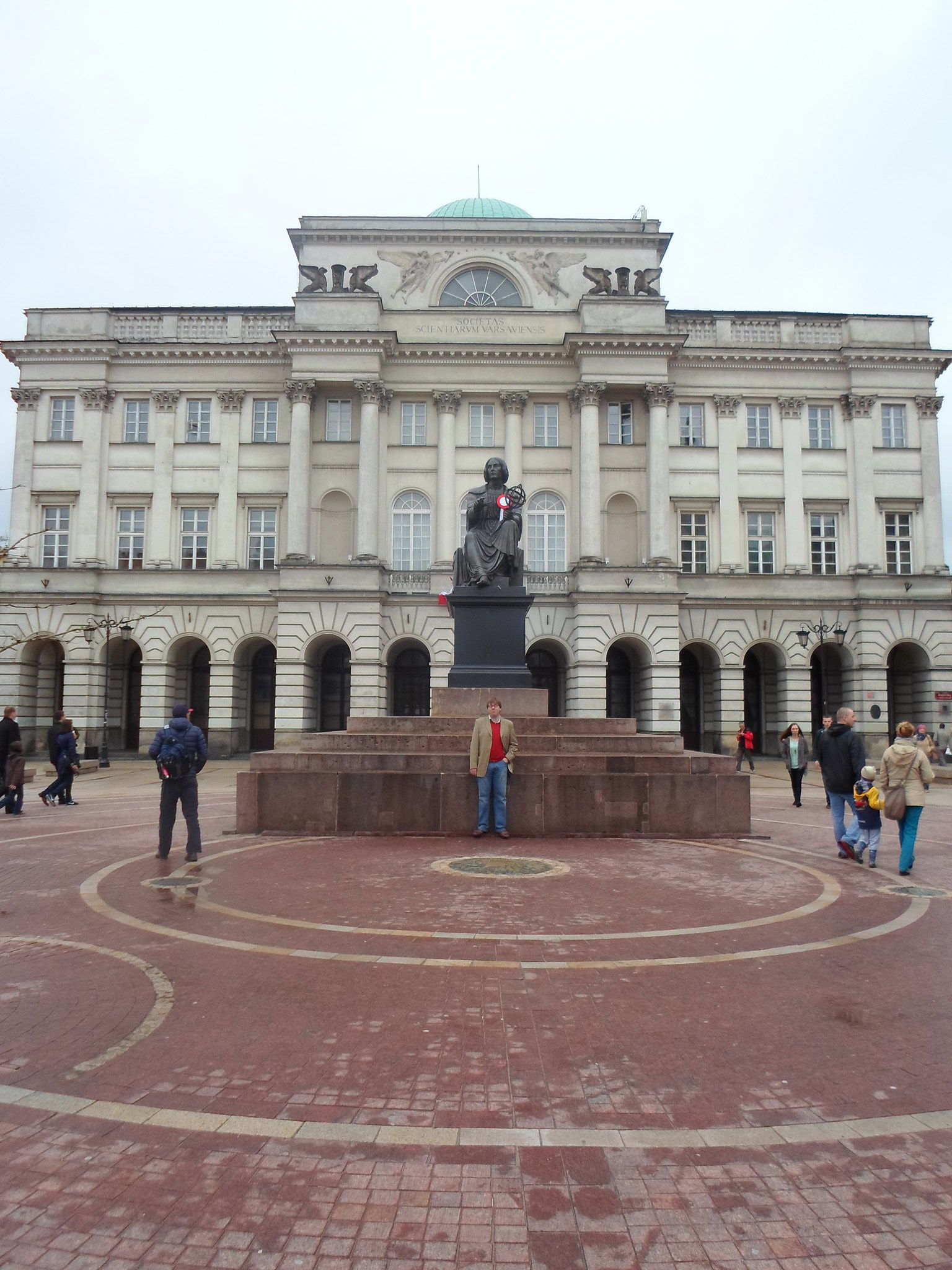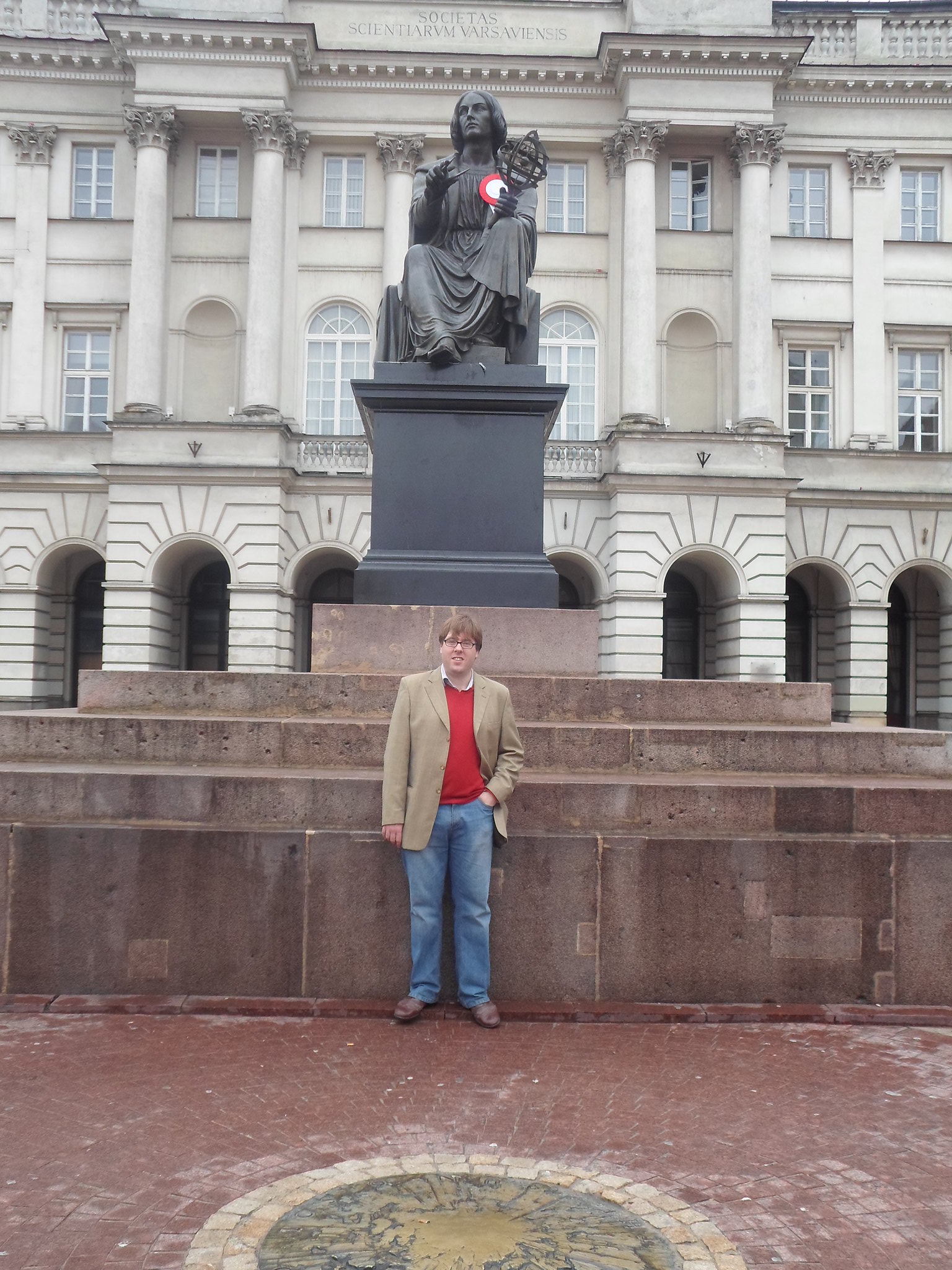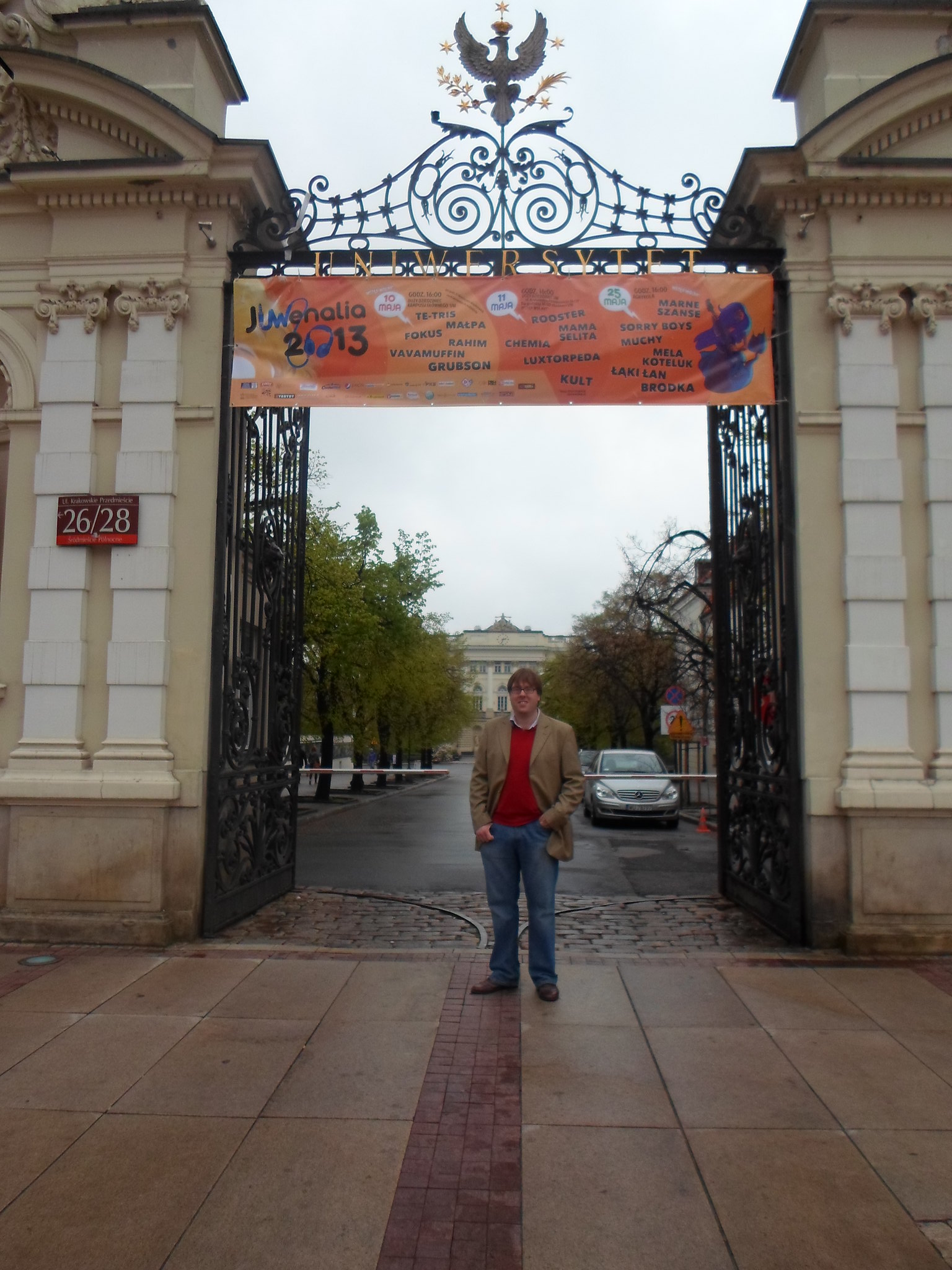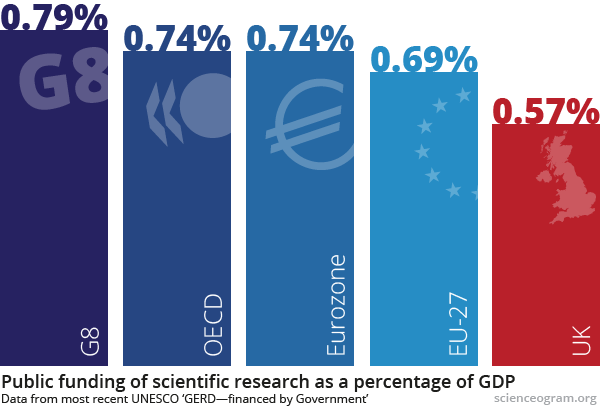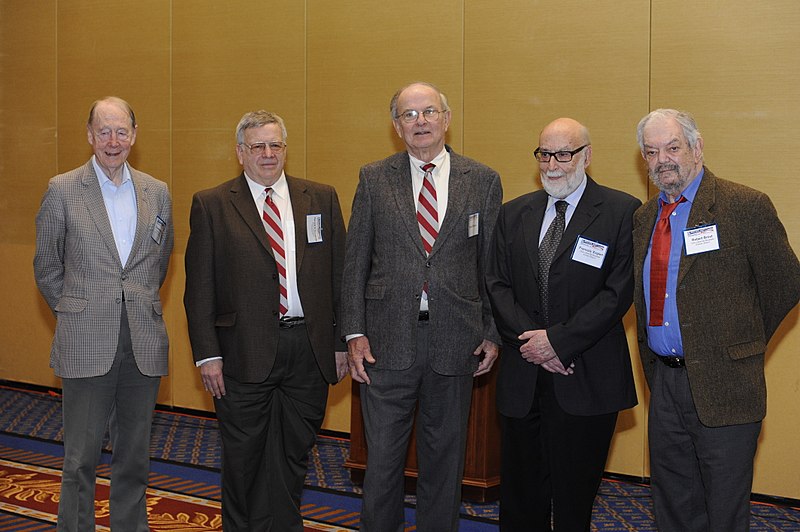 |
In an earlier post, here, I showed that the homological condition on an odd vector field \(Q \in Vect(M)\), on a supermanifold \(M\), that is \(2Q^{2}= [Q,Q]=0\), is precisely the condition that \(\gamma^{*}x^{A} = x^{A}(\tau)\), where \(\gamma \in \underline{Map}(\mathbb{R}^{0|1}, M)\), be an integral curve of \(Q\).
|
A very natural question to answer is what is the geometric interpretation of a pair of mutually commuting homological vector fields?
Suppose we have two odd vector fields \(Q_{1}\) and \(Q_{2}\) on a supermanifold \(M\). Then we insist that any linear combination of the two also be a homological vector field, say \(Q = a Q_{1} + b Q_{2}\), where \(a,b \in \mathbb{R}\). It is easy to verify that this forces the conditions
\([Q_{1}, Q_{1}]= 0 \), $latex[Q_{2}, Q_{2}]= 0 $ and \([Q_{1}, Q_{2}]= 0 \).
That is, both our original odd vector fields must be homological and they mutually commute. Such a pair of homological vector fields are said to be compatible. So far this is all algebraic.
Applications of pairs, and indeed larger sets of compatible vector fields, include the description of n-fold Lie algebroids [1,3] and Q-algebroids [2].
The geometric interpretation
Based on the earlier discussion about integrability of odd flows, a pair of compatible homological vector fields should have something to do with an odd flow. We would like to interpret the compatibility of a pair of homological vector fields as the integrability of the flow of \(\tau = \tau_{1} + \tau_{2}\). Indeed this is the case;
Consider \(\gamma^{*}_{\tau_{1} + \tau_{2}}(x^{A}) = x^{A}(\tau_{1} + \tau_{2}) = x^{A}(\tau_{1}, \tau_{2})\), remembering that we define the flow via a Taylor expansion in the “odd time”. Expanding this out we get
\( x^{A}(\tau_{1}, \tau_{2}) = x^{A} + \tau_{1}\psi_{1}^{A} + \tau_{2}\psi_{2}^{A} + \tau_{1} \tau_{2}X^{A}\).
Now we examine the flow equations with respect to each “odd time”. We do not assume any conditions on the odd vector fields \(Q_{1}\) and \(Q_{2}\) at this stage.
\(\frac{\partial x^{A}}{\partial \tau_{1}} = \psi_{1}^{A} + \tau_{2}X^{A} = Q_{1}^{A}(x(\tau_{1}, \tau_{2}))\)
\(= Q_{1}^{A}(x) + \tau_{1}\psi^{B}_{1} \frac{\partial Q^{A}_{1}(x)}{\partial x^{B}} + \tau_{2}\psi^{B}_{2} \frac{\partial Q^{A}_{1}(x)}{\partial x^{B}} + \tau_{1}\tau_{2}X^{B} \frac{\partial Q^{A}_{1}(x)}{\partial x^{B}}\),
and
\(\frac{\partial x^{A}}{\partial \tau_{2}} = \psi_{2}^{A} {-} \tau_{1}X^{A} = Q_{2}^{A}(x(\tau_{1}, \tau_{2}))\)
\(= Q_{2}^{A}(x) + \tau_{1}\psi^{B}_{1} \frac{\partial Q^{A}_{2}(x)}{\partial x^{B}} + \tau_{2}\psi^{B}_{2} \frac{\partial Q^{A}_{2}(x)}{\partial x^{B}} + \tau_{1}\tau_{2}X^{B} \frac{\partial Q^{A}_{2}(x)}{\partial x^{B}}\).
Then equating coefficients in order of \(\tau_{1}\) and \(\tau_{2}\) we arrive at three types of equations
i) \(\psi_{1}^{A} = Q_{1}^{A}\), \(\psi^{B}_{1} \frac{\partial Q_{1}^{A}}{\partial x^{B}}=0\) and \(\psi_{2}^{A} = Q_{2}^{A}\), \(\psi^{B}_{2} \frac{\partial Q_{2}^{A}}{\partial x^{B}}=0\).
ii) \(X^{A} = \psi^{B}_{2} \frac{\partial Q_{1}^{A}}{\partial x^{B}}\) and \(X^{A} = {-}\psi^{B}_{1} \frac{\partial Q_{2}^{A}}{\partial x^{B}}\).
iii) \(X^{B} \frac{\partial Q_{1}^{A}}{\partial x^{B}} =0\) and \(X^{B} \frac{\partial Q_{2}^{A}}{\partial x^{B}} =0\).
It is now easy to see that;
i) implies that \([Q_{1}, Q_{1}] =0 \) and \([Q_{2}, Q_{2}] =0 \) meaning we have a pair of homological vector fields.
ii) implies that \([Q_{1}, Q_{2}]=0\), that is they are mutually commuting, or in other words compatible.
iii) is rather redundant and follows from the first two conditions.
Thus our geometric interpretation was right.
References
[1] Janusz Grabowski and Mikolaj Rotkiewicz, Higher vector bundles and multi-graded symplectic manifolds, J. Geom. Phys. 59(2009), 1285-1305.
[2]Rajan Amit Mehta, Q-algebroids and their cohomology, Journal of Symplectic Geometry 7 (2009), no. 3, 263-293.
[3] Theodore Th. Voronov, Q-Manifolds and Mackenzie Theory, Commun. Math. Phys. 2012; 315:279-310.
 http://animatedcliparts.net/
http://animatedcliparts.net/ 